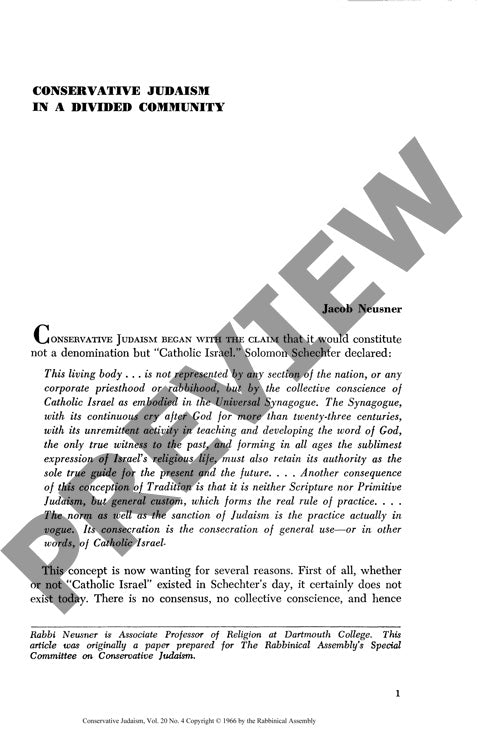Conservative Judaism in a Divided Commun
Couldn't load pickup availability
Conservative Judaism stands at a crossroads, caught between its aspirational role as representative of "Catholic Israel" and the reality of an increasingly fragmented American Jewish community. Drawing on historical parallels from the Second Temple Period, when multiple Jewish movements negotiated religious diversity, this analysis reveals Conservative Judaism functioning as "a sect with ecclesial aspirations"—maintaining distinct halakhic positions while seeking broader communal influence. Through combined theological and sociological examination, the research identifies four foundational principles driving Conservative Judaism: the vitality of tradition, rigorous contemporary interpretation, integration of modern knowledge with traditional wisdom, and commitment to tradition's evolution. Positioned uniquely between Orthodox preservation and Reform innovation, Conservative Judaism faces a critical challenge: transforming from an institutional structure into a genuine ideological movement. Success requires developing explicit policies toward both religious and secular Jewish institutions, increasing lay participation in theological decision-making, and repositioning from the periphery to the center of Jewish communal discourse. These findings illuminate broader patterns in modern Jewish denominational dynamics and offer insights into how religious movements can maintain both authenticity and contemporary relevance.

More Information
-
Physical Description
-
Publication Information
Published 1966
ISBN
-
Publication Credits
Jacob Neusner

